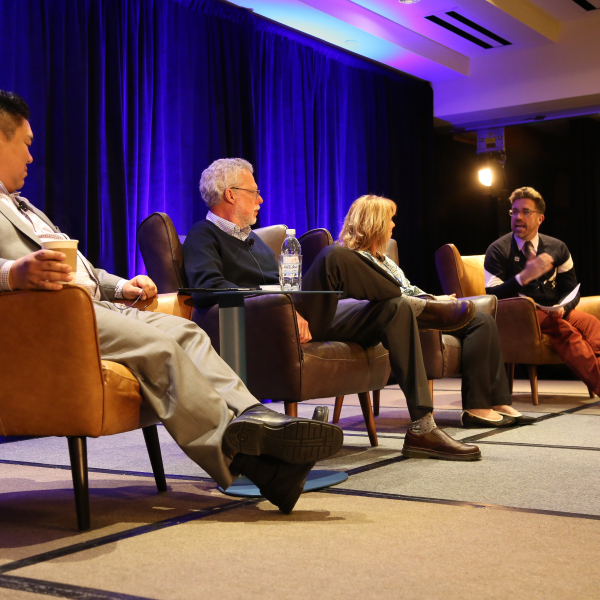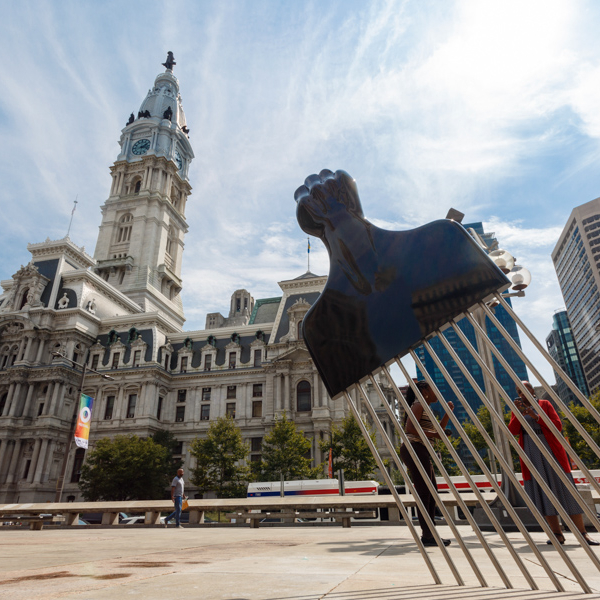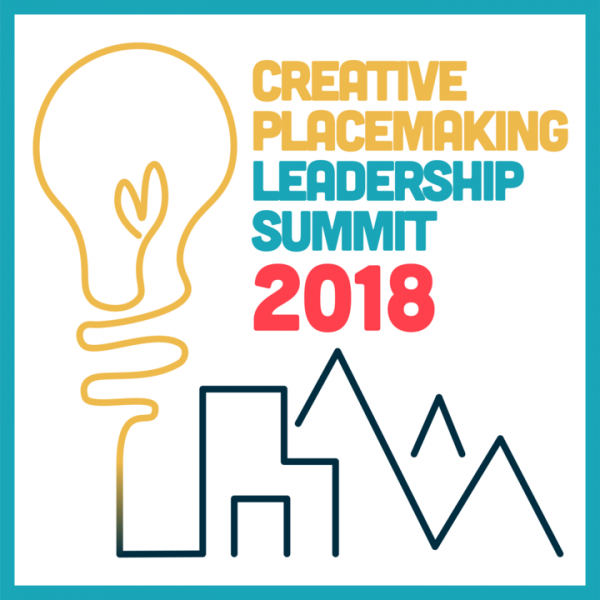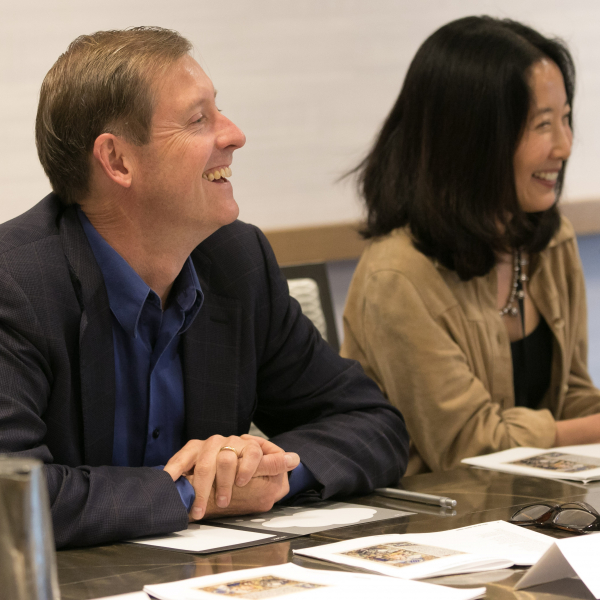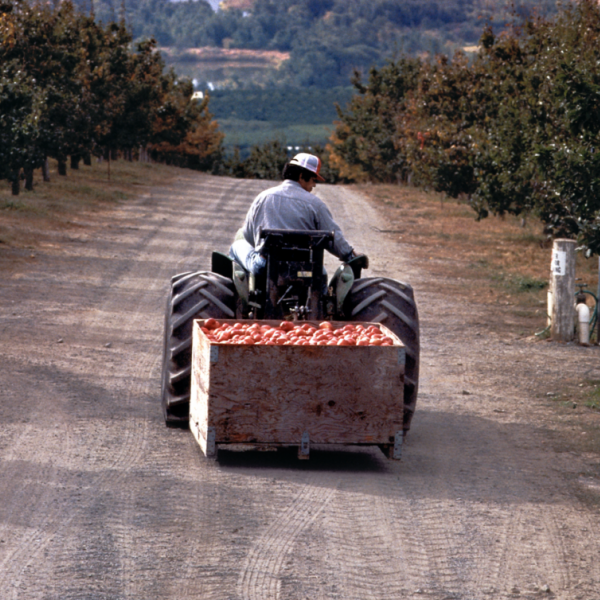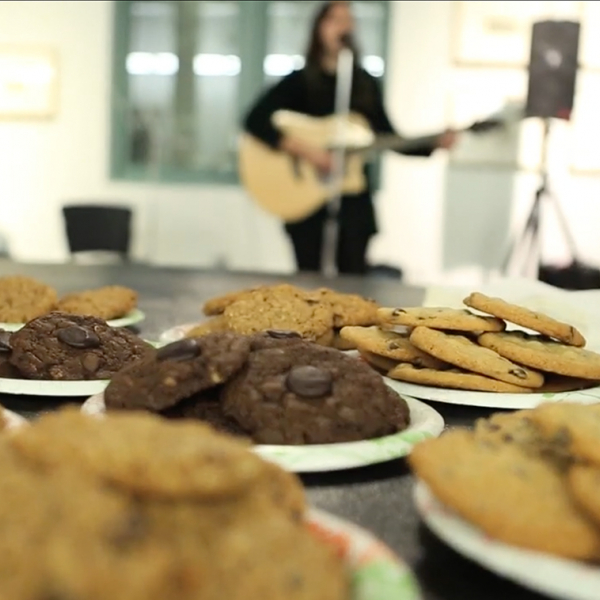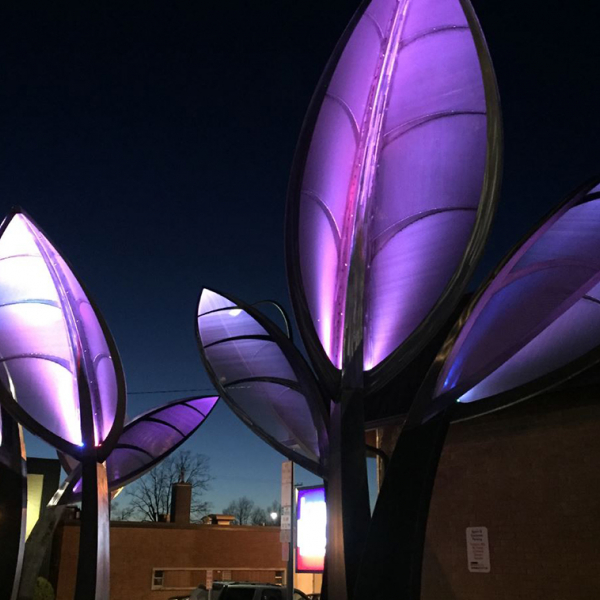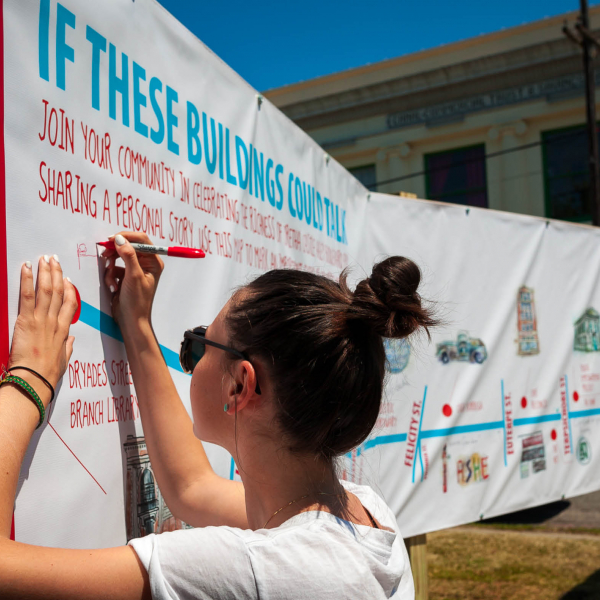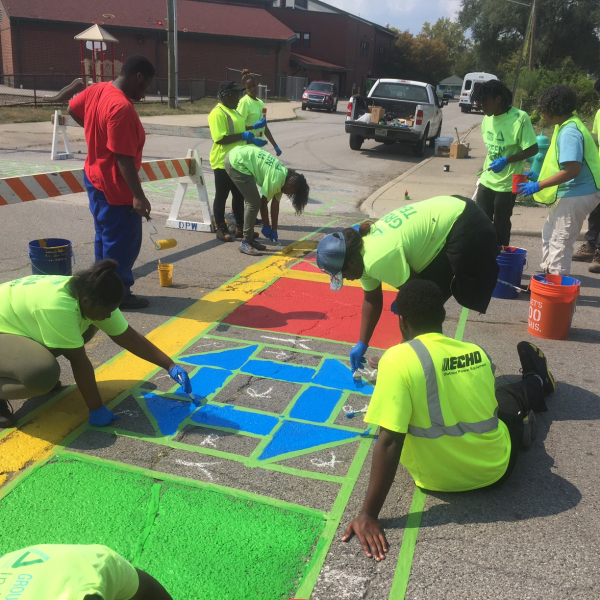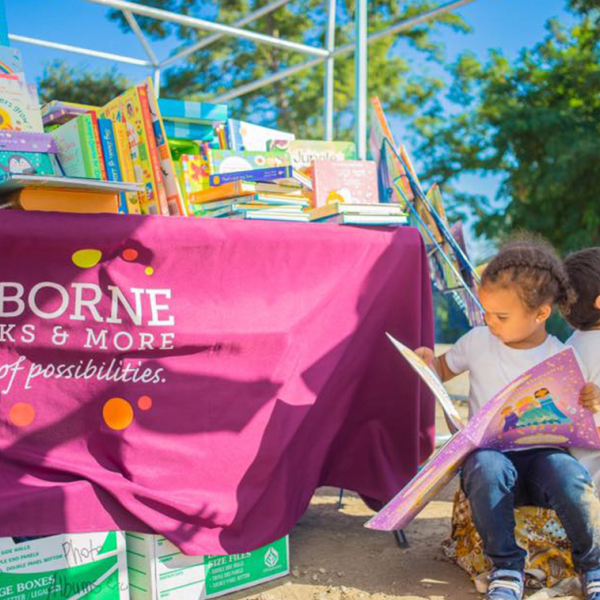At this year’s ArtPlace Summit, we talked often about tapping into the authentic identities of our individual communities as part of our creative placemaking work. But what happens when a community is in transition? How do we honor the history of a place while actively working to encourage its growth and foster positive change? We closed the second day of this year’s summit with a plenary which examined those questions through the lens of three of ArtPlace’s Community Development Investments (CDI) partner projects.
15.11.17
How much have you thought about monuments? Across America, our landscape is populated by public art that commemorates, honors, reminds, catalogues—but where is the work that asks questions? Across nine weeks in the fall of 2017, a project from Mural Arts Philadelphia is doing just that. Monument Lab is a public art and history project, curated by Paul M. Farber and Ken Lum, that leaves room for uncertainties. The guiding question behind the project is: “What is an appropriate monument for the current city of Philadelphia?”
08.11.17
We are excited to join a host of partners to co-produce the 2018 Creative Placemaking Leadership Summits with The National Consortium for Creative Placemaking.The five regional summits are attracting hundreds of artists, planners, and community development practitioners. Do you have insights to share? Want your work to be featured? Send us your session proposal! We have room for more sessions at the 2018 Creative Placemaking Leadership Summits. Find out more here, and submit a proposal. The deadline is November 17, 2017. And learn more about the summit closest to you: Southeast, Southwest, Northeast, Appalachia, and Capital Region.
08.11.17
Collaborative community practice between artists and community development organizations is a foundational aspect of creative placemaking. But how many of us are actually very good at it? With this question in mind, ArtPlace invited the Center for Performance and Civic Practice to host a breakout session at our 2017 Summit focused on “Effective Partnering: Starting with Values, Goals, and Vision.”
03.11.17
An exciting new federal publication announced recently has seemingly no connection to creative placemaking, but the tale of this report’s release begins squarely with ArtPlace and the National Endowment for the Arts. The publication —“Harvesting Opportunity: The Power of Regional Food Systems Investments to Transform Communities”—is a joint effort by two federal agencies, the Federal Reserve Bank of St Louis and the USDA’s Rural Development Agency. The report features essays which highlight the growing investment opportunities associated with local and regional food systems enterprises.
28.10.17
We are Warm Cookies of the Revolution and we are the world’s first Civic Health Club. Broken down to the essentials, we give a damn about our community and we merge important civic issues with creative and weird programs---just like at a gym for your physical health where you want to see results and feel better, we try to do the same for our community’s civic health. THIS MACHINE HAS A SOUL ! breathes life into a budgeting system that traditionally feels like a soulless machine.
27.10.17
Marion, IA (population 37,000) is home to a historic commercial district, which has served as the community’s civic and cultural hub for 176 years. A major streetscape project disrupted traffic in Uptown Marion, and city leaders wanted to find ways to help businesses stay afloat during the construction phase. The alleyways have been transformed into welcoming walkways that the community started using prior to the roadwork. Dramatic infrastructure improvements took place and the area became an attractive canvas, with public installed and cultural programming bringing customers to businesses’ back doors.
25.10.17
At the Arts Council New Orleans, our work is guided by one core belief, that art transforms communities. It has the power to illuminate, educate, and inspire. It is the heartbeat of communities and reminds us what we can be. It is a powerful tool, that when utilized appropriately, can serve as a catalyst for true, impactful change. This we feel is especially true when the projects we take on provide opportunities for us to bridge the gaps between artists and designers, community stakeholders, and the civic institutions and processes that drive the way our built environment is developed — allowing us to bring art into the public realm in intentional and thoughtful ways.
23.10.17
Imagine being 7 years old and forced to walk alone or only with other children through a community with broken or missing sidewalks, past lots so overgrown with weeds and trees that you were forced to walk in the street, knowing that your safety as a child was constantly under threat from attacks by stray dogs, unscrupulous adults, and other hurdles that greeted you on your way to and from school each day. These are the conditions that activated myself, LaShawnda Crowe Storm, and my artistic compeer Phyllis Viola Boyd. We simply asked the question, “What can we do to at least make this better for our children?”
16.10.17
With our focus this month on public safety, the ArtPlace team thought October would be the perfect time to re-introduce one of our most comprehensive deep-dives into the topic: the 2016 field scan titled “Exploring the Ways Arts and Culture Intersect with Public Safety: Identifying Current Practice and Opportunities for Further Inquiry.” The field scan, which was written by Caroline Ross of the Urban Institute in partnership with ArtPlace America, offers a comprehensive review of the projects, opportunities and challenges that lie at the intersection of creative placemaking and public safety.






